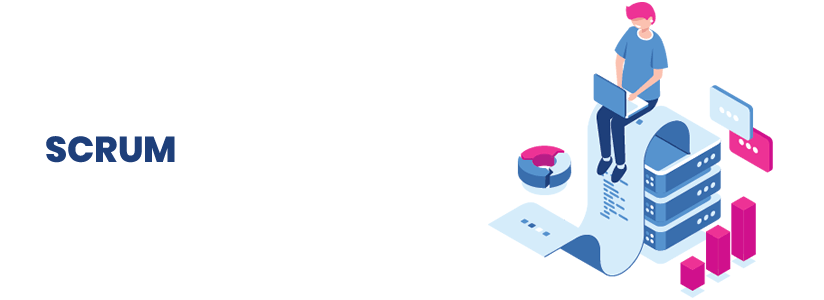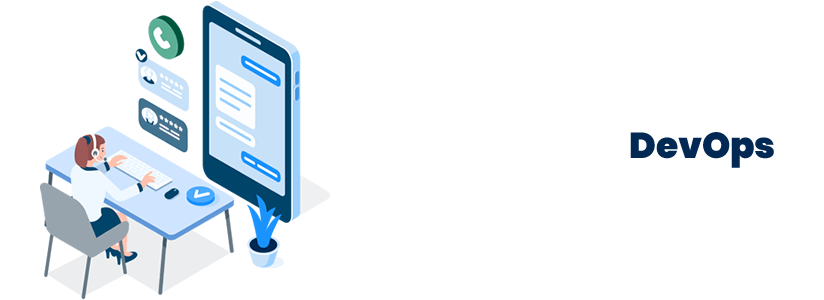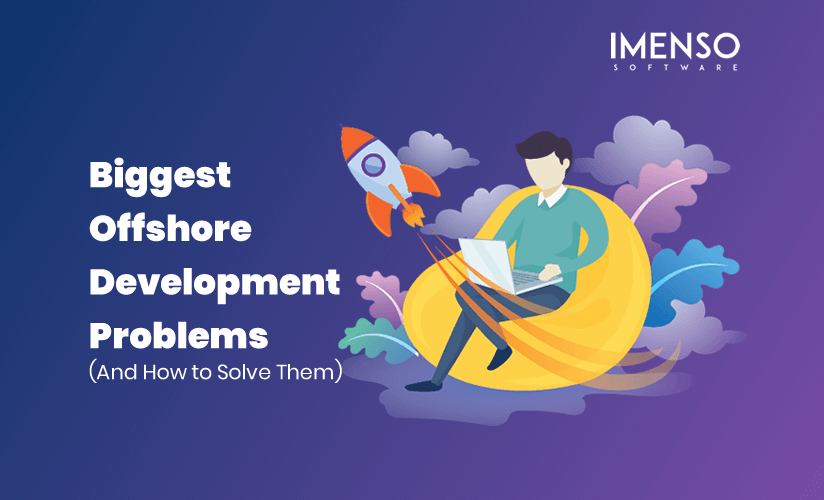How To Choose The Right Agile Methodology For Project Development?

When an organization or business grows, they usually choose an IT solution to meet the changing consumer requirements, fast-growing competitive landscape and business conditions.
While choosing software solutions for sustainable and continuous business growth is an obvious choice, picking the right agile methodology for development is a bit tricky.
Planning for a software development project, business owners and executives suddenly find themselves managing an IT project. And choosing the right agile development approach is crucial to create effective solutions within the specified timeline and budget.
If you hire an experienced offshore software development company, their expert programming team will help you find the ideal agile process for your company project.
But even if your outsourcing partner is helping, it is important to know how the change in methodology affects the cost and quality of the end product of your business.
In this post, we try to understand what agile development is, what are the different types of agile processes and how to pick the best one for your project development.
What is an agile development methodology?
Agile development is a flexible, iterative design and builds process.
Okay, but what does that mean?
Let’s understand agile development with an example of fries.
Imagine a chef is working to make the world’s best agile fries. Now, the only way to make the best fries is to take feedback from the customers on how the fries should taste like. The requirements are flexible, so the chef quickly assesses what customers want and then iterates the process of making awesome fries.
Now the chef and his team work to cook the first batch of fries, which is the first product iteration. The chef has created tasty fries and delivered value but needs instant feedback from the customers. Through testing, learning and iterating, the chef understands that it will make fries tastier if they’re crispier on the outside and softer on the inside. So, the chef works with the team and creates a second product iteration.
Also Read: 6 Cost Variables of Offshore Custom Software Development
This process of continuous planning, execution and iteration of the recipe goes on until the chef and its team creates the world’s best fries. This is exactly how agile methodologies work in software development and game development projects to create products that customers really want and enjoy.
The product owner decides what needs to be built, the development team builds it and the customers use it. In agile development, the value is delivered in small packages to the customers. Then the owner/ client gathers the feedback and shares it with the offshore software development team to make changes and provide more value through the product.
Unlike the waterfall method where teams assume that all the factors affecting the development process are predictable, all the planning is done before the team even writes a single code. Agile on the other hand focuses on adaptability to changing situations as well as ongoing communication among the development team and the client.
Some of the most practised agile methodologies are:
- Scrum
- DevOps
- Extreme programming
- Kanban
- Crystal clear method
- Feature-driven development
- Lean development

How to choose the right agile methodology for project development?
As we just discussed, there is a whole range of agile development approaches but all of them are not similar. They work on different principles, processes and practices. To pick the best methodology, you must be clear on what is the purpose of building the product. Let’s see the different agile approaches to help you make the right decision.
1. SCRUM

Scrum is the most popular agile methodology. It is a pull system that provides management and control over the increment tasks and iterations. The whole process is a series of sprints, each lasting between 1 to 2 weeks. During the sprint, the development team focuses on just one feature. The goal of scrum is to get the features from the product backlog to the customers in the shortest time possible, thus enabling a faster development process and less time to market.
In scrum different parties are responsible for different aspects of the project:
- The client decides the prioritization of the features and other business-related matters.
- The scrum master or project manager is responsible to guide the development team to build a better performing product. He is also responsible for managing the scrum board, organizing daily meetups and tracking progress.
- The development team is assigned to build specific features in a sprint and achieve the desired goals in the due time.
Scrum is best for your software project development if you have a small team of 5 – 9 members.
2. Kanban
Kanban is another pull system. It is similar to scrum in many ways, but it has a continuous delivery approach designed to increase team efficiency without overwhelming them with work. The process is similar to scrum, but here the development team keeps completing tasks one after the other with a base deadline.
Kanban works on three core values:
- Considering others while assigning tasks
- Limited work to not overburden the team
- Continuous workflow
Kanban is ideal for large teams which need content delivery of outputs with no restraint on project size.
Also Read: Biggest Offshore Development Problems (And How to Solve Them)
3. Extreme programming (XP)
This agile software development model is based on the constant involvement of customers and the development team. The client provides the user stories and then the development team follows a continuous iteration process to build based on user stories.
Every cycle of iteration takes between 1 and 3 weeks and involves planning, development, testing, and collaboration. Extreme programming includes:
- Constant communication
- Faster delivery
- Constant feedback
- Direct consumer stories
XP is best for highly skilled project managers with small teams and complex projects which need pre-planned development and faster deliveries.
4. Crystal clear method
The crystal-clear method operates on a set of rules. It focuses on individuals and interactions over processes and tools. There is a longer time duration between team interactions which can be up to 4 months for complex projects.
The two core principles of operation in crystal methods are:
- Teams can find ways to improve on their own
- Every project is unique and always changing
Crystal is especially good for smaller team sizes of 6 to 8 members. For this reason, the team consists of seasoned software developers.
5. DevOps

More than a method or process, DevOps is a mindset. It is the concept for application development lifecycle where the development team and the operations team are working in sync to create a product that customer’s love to use.
The main idea is to make the development and operations team load minimum while developing a huge and complex website or app.
The main focus of DevOps is:
- Constant delivery and testing
- Changing development needs
- Fast delivery
DevOps is ideal for larger team sizes where a variety of teams work in collaboration to create end to end business solutions fast.
6. Lean development
Lean development is another agile methodology where the concept is to deliver the smallest piece of value or feature and then validate it. So, the final product improves via cycles of learning and development. Lean agile development focuses on building a successful product, not the right product.
Also Read: Top 10 Software Development Methodologies to Choose from
The core principles of lean are:
- Continuous improvement and continuous delivery
- Optimization across the entire development cycle
- Respect for people and knowledge creation
Lean is a good fit for software application development where risks and changes need to be handled cheaply and quickly.
7. Feature Driven Development
Feature-driven development focuses on the development of features, functionalities, design, coding and building. This agile methodology focuses on the development of product features. A list of features is prepared and for every feature, a development and design cycle is incorporated.
FDD requires advanced levels of designing, programming, and planning skills for development. It is most suitable for big enterprise software development projects where quality control is the priority.

Wrapping Up
In conclusion, there is no one sure-shot way of finding out the right agile project development methodology. The underlying basis of the decision is the nature and purpose of your project. Many of the agile approaches follow a similar framework to deliver a faster product, seamless communication between stakeholder and the development team.
Still confused about agile methodologies and which one to choose? Talk to our website developer’s team to know more.
Similar Posts

Biggest Offshore Development Problems (And How to Solve Them)
For many companies, offshore software is an attractive choice but comes with a unique set of challenges. This is why many professionals advise against software development agencies despite the enticing cost-saving options and faster results. ...

Effective Ways Offshore Software Development Companies Improve Business Security
Software development companies have grown sporadically over the years, likewise the villain teams of expert hackers who work around the clock trying to infiltrate processes. That leads to the implementation of extra measures on already existing security processes in the software development world. ...

Choosing the Right Business Intelligence Tool: Power BI vs Other Popular BI Tools
Data is power, and Business Intelligence (BI) tools are the key to unlocking it. But with so many options out there, it can be overwhelming to choose the right one. Fear not! In this blog post, we’ll take you on a journey through the world of BI tools, from the big names to the underdogs, […]...






